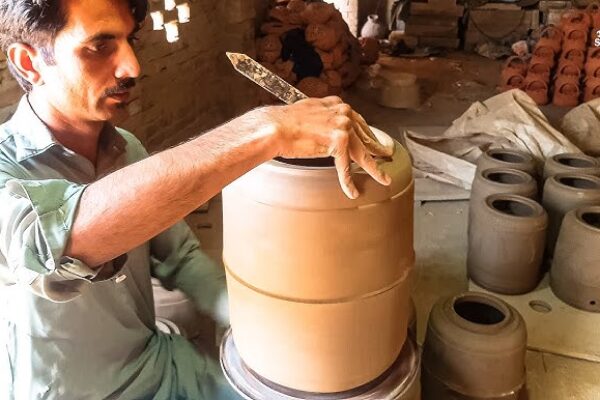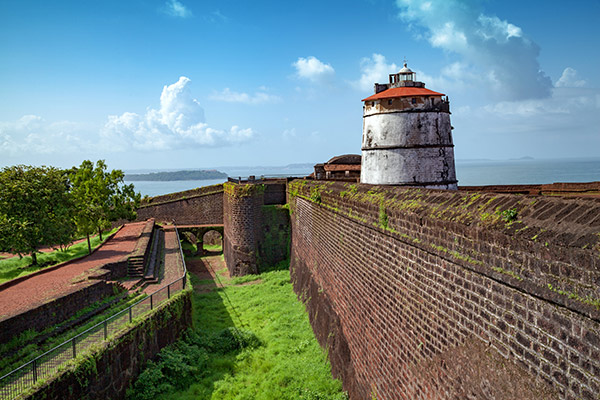Ahmedabad, a city where the past coalesces seamlessly with the present, was honored as India’s first UNESCO World Heritage City in 2017. This accolade is a testament to its rich tapestry of history, culture, and architectural marvels. This blog invites you on a heritage walk through the heart of Ahmedabad, exploring the lanes that whisper tales of yore, and marveling at the architectural wonders that stand as sentinels of history.
Ahmedabad: A Mosaic of Cultural Richness
The city’s historical landscape is dotted with numerous monuments, traditional Pols (clustered communities), and ancient temples, each narrating stories of its glorious past. The essence of Ahmedabad’s culture is best experienced through its heritage walk, a guided tour that meanders through the old city, unveiling the beauty of its bygone era.
A Walk Through Time
The heritage walk begins at the Swaminarayan Temple in Kalupur, leading you through narrow lanes, amidst the Pols, and past the intricately carved wooden havelis. The walk takes you through significant landmarks, including:
- Bhadra Fort: Built by Sultan Ahmad Shah in 1411, this majestic fort houses the Bhadra Kali Temple and offers panoramic views of the city square.
- Jami Masjid: A splendid example of Indo-Islamic architecture, the Jami Masjid, built in 1424, stands with its 260 pillars supporting 15 domes at varying elevations.
- Pols: The Pols, traditional Gujarati houses in clustered communities, are a unique feature of Ahmedabad’s urban fabric. These Pols are known for their wooden carvings, secret passages, and communal spaces, reflecting the city’s communal harmony.
Behind the Icons
Each landmark in Ahmedabad has a story to tell. The Sidi Saiyyed Mosque, famous for its intricate latticework windows, symbolizes the city’s architectural finesse. The Manek Chowk, a bustling marketplace by day that turns into a food lover’s paradise by night, showcases the city’s vibrant lifestyle.
Maximizing the Heritage Walk Experience
To truly immerse yourself in the heritage walk, consider these tips:
- Best Time to Visit: The cooler months from November to February offer a pleasant climate for exploring the city on foot.
- Cultural Etiquettes: Dress modestly and be respectful when visiting religious sites. Always ask for permission before photographing locals.
- Engage with Locals: Interacting with residents can provide deeper insights into the history and culture of the Pols and their communities.
Embarking on a heritage walk through Ahmedabad is not just about exploring its architectural marvels; it’s about connecting with the soul of the city. It’s an opportunity to witness the harmonious blend of diverse cultures, religions, and traditions that have coexisted in this city for centuries. As you navigate through the narrow lanes, let the stories of resilience, unity, and heritage guide you through a memorable journey through time.




